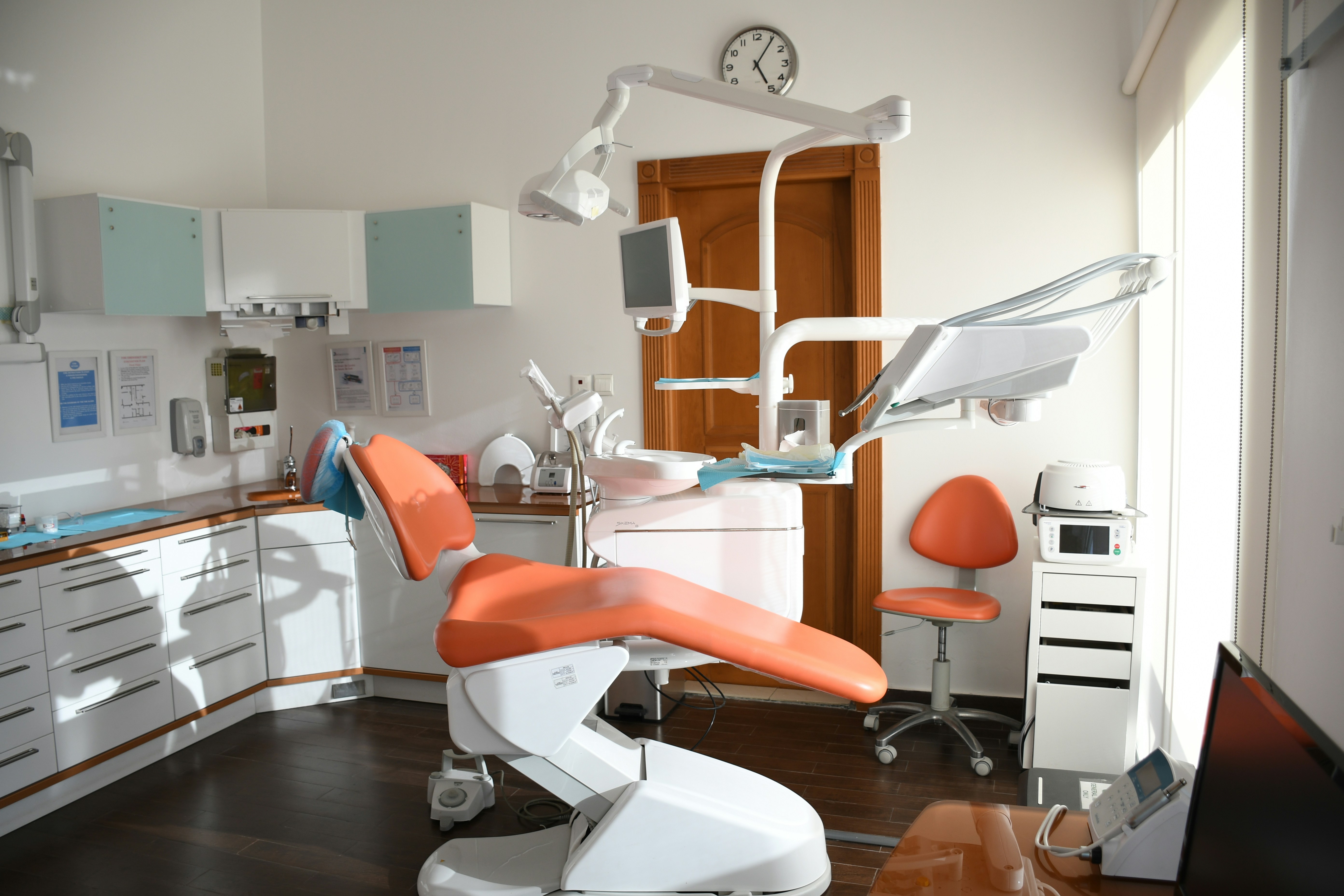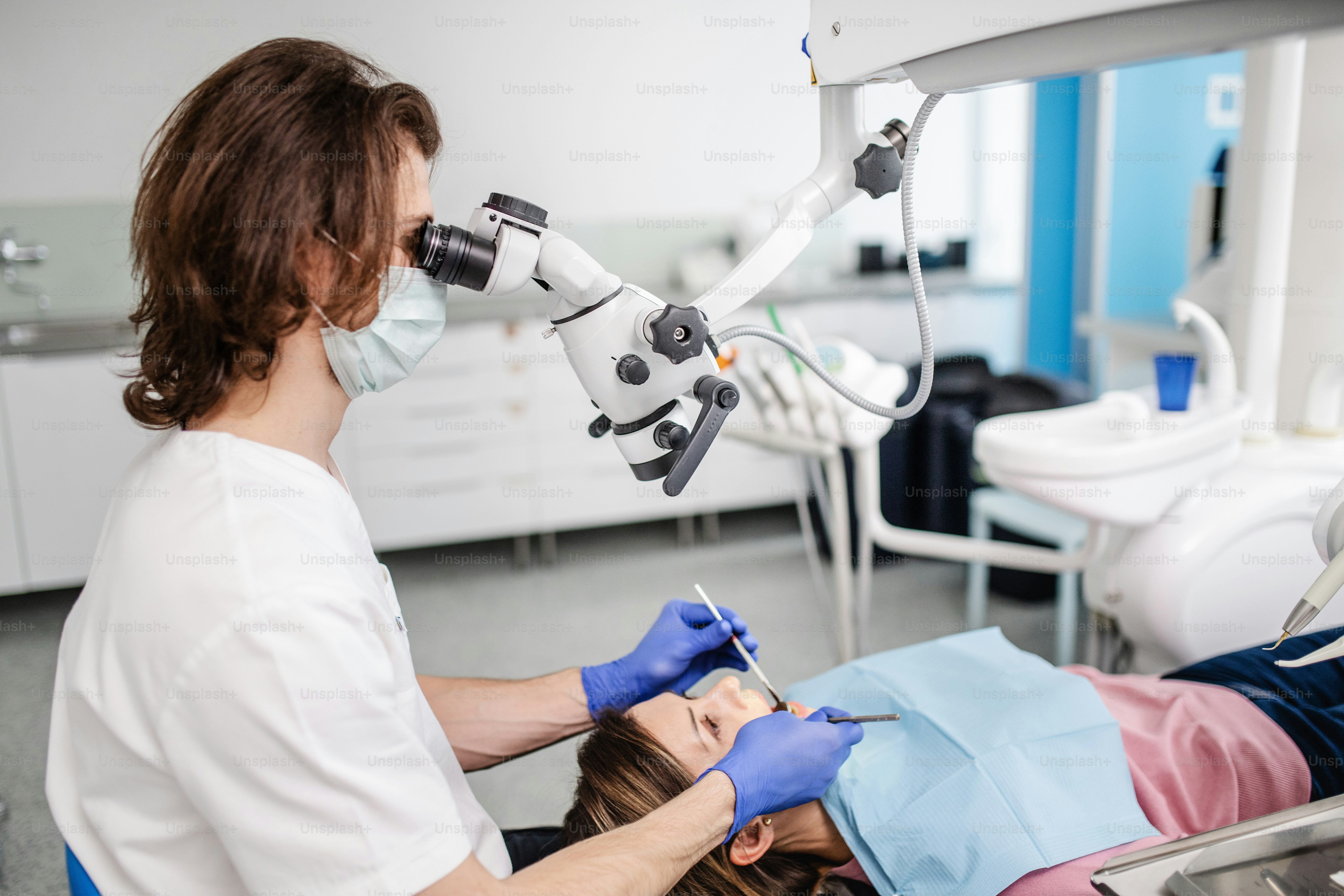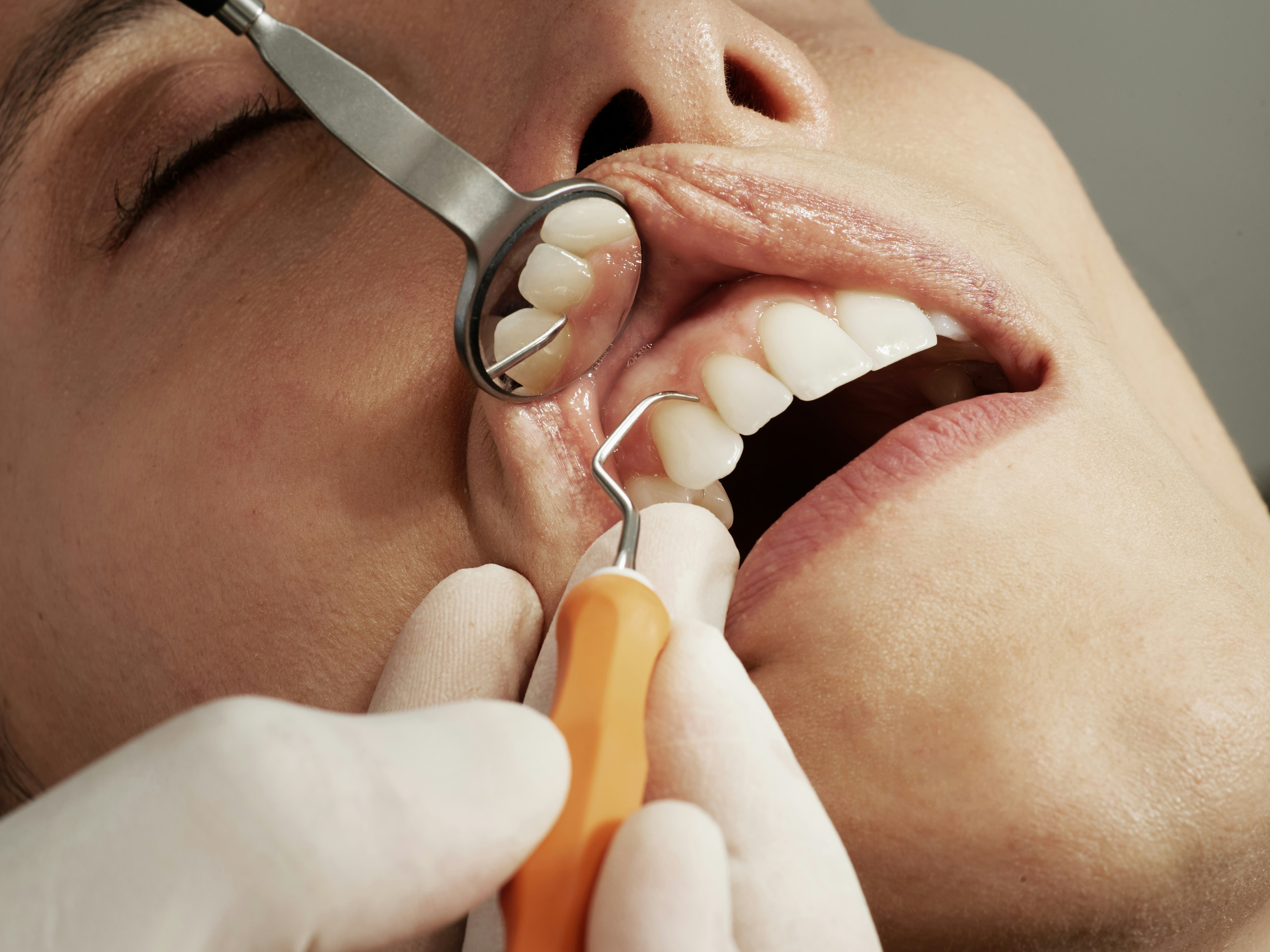Maintaining good oral hygiene is essential for a healthy smile and overall health. Poor dental hygiene can lead to various issues, including cavities, gum disease, and even systemic health problems. Here are some essential tips to keep your teeth and gums healthy:
Brush Properly and Regularly
Brushing your teeth twice a day is the foundation of good oral hygiene. Use a soft-bristled toothbrush and fluoride toothpaste. Brush for at least two minutes, covering all surfaces of your teeth, including the front, back, and chewing surfaces.
Hold your toothbrush at a 45-degree angle to your gums and use gentle, circular motions. Avoid brushing too hard, as this can damage your gums and tooth enamel.
Don't Forget to Floss
Flossing removes food particles and plaque from areas your toothbrush can't reach—between your teeth and under the gumline. Aim to floss at least once a day. Be gentle to avoid hurting your gums, and curve the floss around each tooth in a C-shape for thorough cleaning.
Use Mouthwash
An antimicrobial mouthwash can help reduce bacteria in your mouth, freshen your breath, and provide additional protection against plaque and gum disease. Choose an alcohol-free variety if you have sensitive gums.
Watch Your Diet
What you eat affects your oral health significantly. Limit sugary and acidic foods and beverages, as they can contribute to tooth decay. Instead, opt for calcium-rich foods like dairy products, leafy greens, and almonds to strengthen your teeth.
Drinking plenty of water throughout the day helps wash away food particles and keeps your mouth hydrated, reducing the risk of dry mouth, which can lead to increased bacterial growth.
Replace Your Toothbrush Regularly
Over time, toothbrush bristles wear down and become less effective. Replace your toothbrush or electric toothbrush head every three to four months, or sooner if the bristles are frayed.
Schedule Regular Dental Check-ups
Even with excellent home care, professional dental cleanings and check-ups are essential. Most people should visit the dentist every six months for a cleaning and examination. Your dentist can detect problems early, before they become more serious and require extensive treatment.
Consider Dental Sealants and Fluoride Treatments
Dental sealants create a protective barrier on the chewing surfaces of your back teeth, preventing food and bacteria from getting trapped in the grooves. Fluoride treatments strengthen tooth enamel, making it more resistant to decay.
Pay Attention to Warning Signs
Be alert to signs of potential dental problems, such as:
- Bleeding gums when brushing or flossing
- Persistent bad breath
- Tooth sensitivity to hot, cold, or sweet foods
- Pain or swelling in the mouth
- Loose teeth
If you notice any of these symptoms, contact your dentist promptly for an evaluation.
Conclusion
By following these dental hygiene tips consistently, you can maintain a healthy smile, prevent common dental problems, and contribute to your overall health. Remember, prevention is always better than treatment when it comes to dental care!



